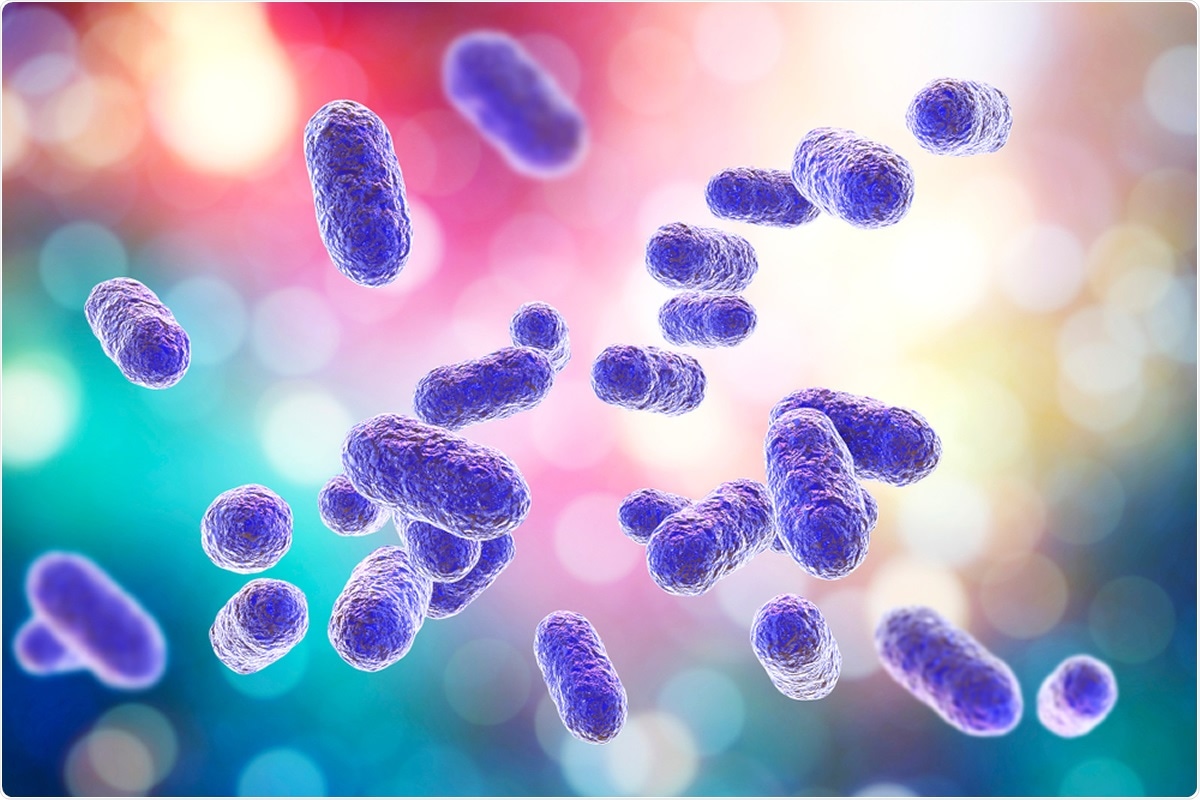American researchers have published their new findings on gum disease in a research letter in the latest issue of the journal Gut titled, "Periodontal disease, tooth loss, and risk of oesophageal and gastric adenocarcinoma: a prospective study."
Their study reveals that there could be an association between gum disease as well as the microbial environment of the mouth and cancers of the stomach and the esophagus.
Previous research and the need for this study
Studies have shown that the oral microbiome/microbiota or the microbial environment of the mouth plays a role in causing gastric cancers. There have also been studies that link certain microbes in the mouth with esophageal cancers, they wrote. However, there is no clear and concise epidemiological data that can connect the alterations in the oral microbial environment and these two cancers.
The team of researchers led by Chun-Han Lo from the Department of Epidemiology, Harvard T.H. Chan School of Public Health, and the Division of Gastroenterology, Massachusetts General Hospital, and Harvard Medical School, Boston, Massachusetts, USA, was interested in finding an association of altered microbial environment in the mouth and these two cancers. This altered microbial environment in the mouth could be due to gum disease or periodontal disease or tooth loss, they wrote. These were indicators of "oral microbial dysbiosis." They explained.
What was done in this study?
This was a prospective study. The study included health information and medical records of 98,459 women who were part of the Nurses' Health Study between 1992 and 2014 and 49,685 men who were part of the Health Professionals Follow-up Study between 1988 and 2016. For all the participants, a history of gum disease or periodontal disease and tooth loss were recorded, and an association with the risk of esophageal cancer and stomach cancer was analyzed.
Steps taken for dental problems, lifestyle, other demographic parameters, and diet were also recorded in the analysis. Cancer records were corroborated with the history obtained from the participants. The hazard ratio was one of the measures to calculate the risk of these two cancers.
What was found?
Over the 22 to 28 years of follow up of each of thousands of participants, the team found that there were a total of 199 cases of esophageal adenocarcinoma. 238 cases of gastric or stomach adenocarcinoma. The hazard ratio for esophageal and gastric adenocarcinomas was found to be 1.43 and 1.52, respectively, after adjusting for other variables. The risk rose by 42 percent, and 33 percent, respectively, wrote the researchers.
When those who did not have tooth loss or gum disease were compared with those who had gum disease and tooth loss, the risk of oesophageal and gastric adenocarcinoma rose in the latter. For example, those that lost two or more teeth the risk rose significantly. Those with a history of gum disease and no loss of teeth or loss of one or less tooth had a 59 percent greater risk of getting esophageal adenocarcinoma compared to those who did not have gum disease and no tooth loss. Those with a history of gum disease and no loss of teeth or loss of one or less tooth had a 50 percent and 68 percent greater risk of getting gastric adenocarcinoma, respectively, compared to those who did not have gum disease and no tooth loss.
Implications and future directions
The authors wrote that the previous studies linking teeth loss and gum disease with these two cancers show inconsistent data. This study was robust in its findings because of the large number of participants, long follow up, and consideration of other lifestyle factors such as smoking during analysis.
The team cited studies saying microbes such as Tannerella forsythia and Porphyromonas gingivalis are termed as part of the "red complex" that lead to gum disease and are associated with esophageal cancers. Other microbes include Peptostreptococcus stomatis and Streptococcus anginosus, which have been linked to stomach cancers.

Porphyromonas gingivalis bacteria, 3D illustration. Image Credit: Kateryna Kon / Shutterstock
The researchers explained that these microbes could be forming dangerous chemicals such as nitrosamines in the oral cavity. These nitrosamines are known to lead to stomach cancers, they wrote. Some of the bacteria causing gum disease could lead to activation of the T cells and lead to "dehydrogenation of ethanol to acetaldehyde." This can cause damage to the DNA leading to mutations that cause excessive multiplication of the epithelial cells. This has been linked to esophageal cancers, the team explained.
The team wrote, "Together, these data support the importance of the oral microbiome in oesophageal and gastric cancer." They called for further studies to "directly assess oral microbiome" and identify the exact bacteria that could cause the cancers. These bacteria could be biomarkers, the presence of which could be used to assess the risk of these cancers, they explained.
This study was funded by the US National Institutes of Health, Siteman Investment Program, American Institute for Cancer Research, American Cancer Society, and others.